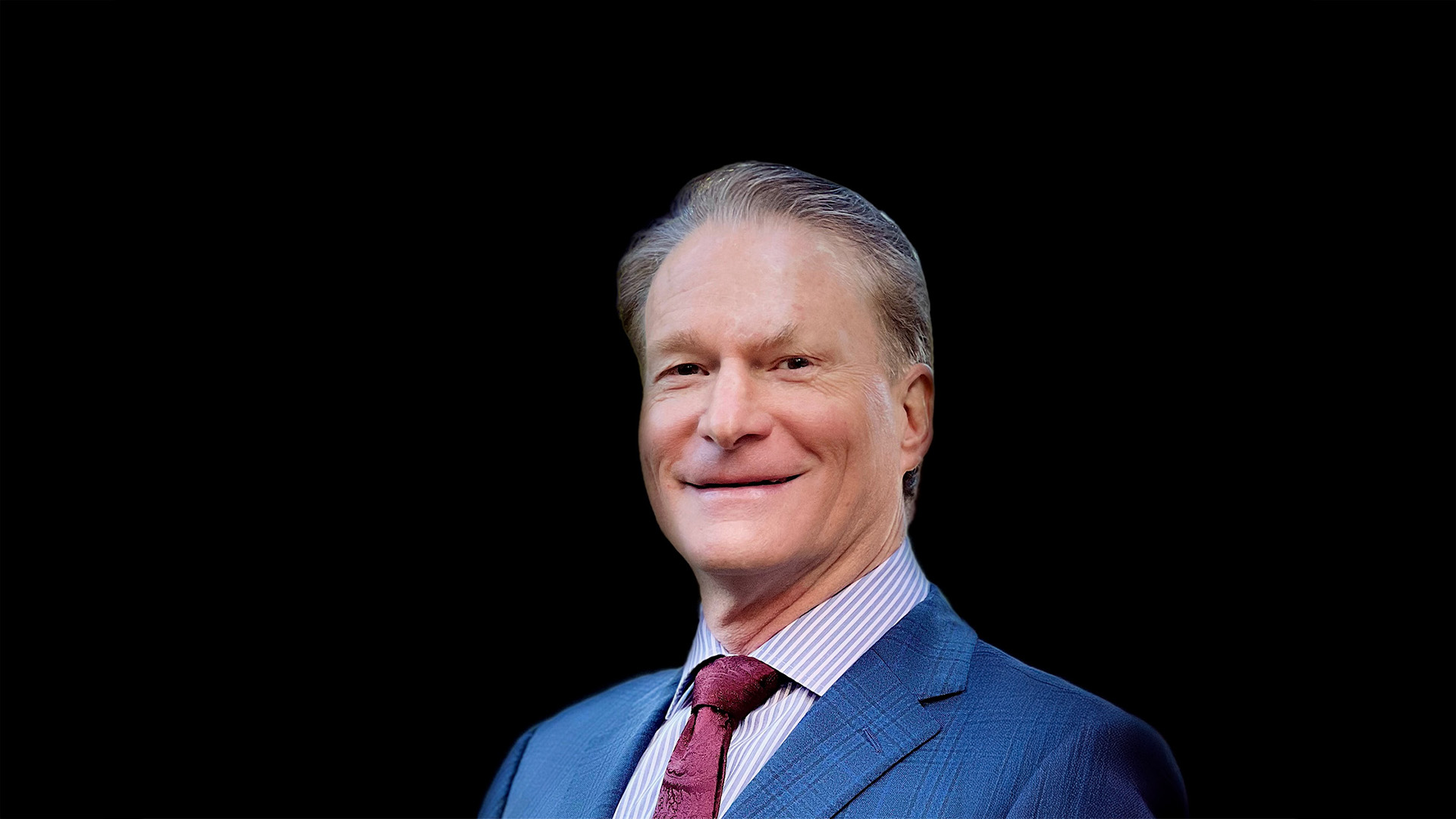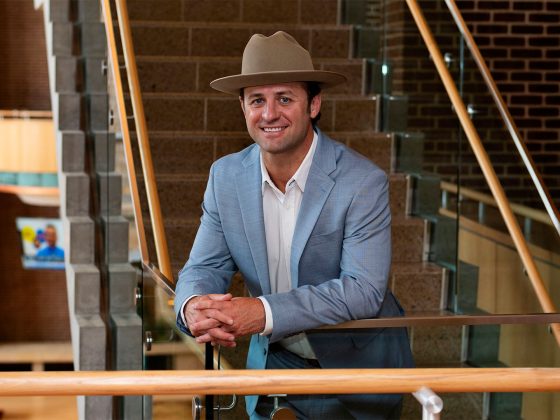Spine surgery looks nothing like it did twenty years ago. Gone are the days of huge incisions and one-size-fits-all solutions. Today’s operating rooms use tiny cameras, smart implants, and approaches that keep spines moving naturally. These changes matter – they mean faster recovery times, better outcomes, and surgeries that once needed hospital stays now happening outpatient. But seeing these shifts takes someone who’s lived them.
With three decades in medical devices and seven exits worth over $1.4 billion, AUCTUS Surgical CEO John Ashley breaks down what’s really changing in spine care.
Making Surgery Less Invasive
The first big change is happening right in the operating room. Surgery is getting smaller – much smaller. “Spine surgery is moving from an open procedure with big incisions to an endoscopic approach,” John explains. The switch makes sense: smaller cuts mean less damage to surrounding tissue. These endoscopic procedures use tiny cameras and tools instead of large incisions. For patients, this shift brings real benefits. “That results in less tissue damage and then faster recovery to the patient,” John points out. Better still, many surgeries that once required hospital stays can now happen outpatient.
Preserving Natural Spine Movement
The second shift challenges decades of conventional wisdom about treating spine problems. “For a long time the spine paradigm has been if it hurts, we’re going to fuse it, stop that movement and prevent the pain,” John says. But that’s changing fast. Doctors now look at spine problems differently. “Now the focus has gone to let’s realign that spine, remove the pathology and preserve the motion,” he explains. This new approach isn’t just about fixing today’s problems – it’s about long-term spine health. Moving parts stay healthier than fused ones, leading to better outcomes down the road.
Advancing with Smart Implants
The third trend might sound like science fiction, but it’s happening right now. Implants are getting smart. “The acquisition of data from the spinal implant after it’s been implanted,” John describes, marks a huge leap forward in post-surgery care. These sensor-equipped implants do more than just sit there – they talk back. “These sensors on the implant provide new insights into what’s happening after surgery,” John notes. That information helps doctors make better decisions, improving results not just for one patient but for many.
At AUCTUS Surgical, John’s team isn’t just watching these trends – they’re combining them. Their work focuses on what he calls an “endoscopically placed dynamic tether.” This device brings together all three advances: it goes in through tiny incisions, keeps the spine moving naturally, and provides feedback to surgeons. What makes their approach special? The implant “preserves the motion of the spine, can be adjusted non-invasively to grow with the patient, and providing feedback to the surgeon,” John explains. It’s a perfect example of how combining these trends creates better solutions.
As someone who’s spent three decades in this field, John’s perspective matters. His track record – those seven exits worth $1.4 billion – shows he knows how to spot what works. But more importantly, he sees how these changes fit together to improve patient care. The future of spine surgery looks different from its past. Smaller cuts, moving parts, and smart implants are replacing the big incisions and fusion surgeries of yesterday. For patients dealing with spine problems, these changes promise better outcomes with less trauma. And for doctors, they offer new tools to help their patients recover faster and stay healthier longer.
To learn more about John Ashley and his approach, check out his LinkedIn profile or visit his website.










